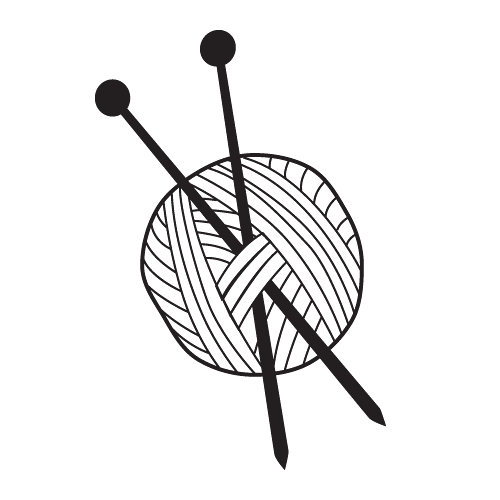If you are going to
spend 15-20 hours knitting a pair of socks, it is important to choose a yarn
that you love to look at, feels good against your skin, will be durable,
suitable for your climate, and requires upkeep that is compatible with your
lifestyle.
Here are some
factors to consider when choosing yarn for socks:
Washability:
Most sock yarns are
contain some degree of animal fibre.
Animal fibre must be hand washed (or machine washed on the hand wash
setting) and can *never* see the inside of a dryer or it will felt (read:
shrink to fit a toddler). If you have no
time or interest in handwashing socks, look for sock yarns with 'Superwash' on
the label. Superwash yarns have been
processed to prevent the felting process and can be machine washed with your
regular laundry. Always check the
washing instructions on the yarn label before you buy.
Durability
No article of
clothing takes the same beating as a pair of socks. It’s important to pick fibre(s) that are
durable and long lasting. The longest
wearing sock yarns have some degree of nylon re-enforcement. Sock yarns typically have a nylon content of
10-25% to make them more durable as well as more elastic.
A 100% acrylic sock
might be really durable and long-lasting, but will lack the warmth of wool and
other animal fibres.
Elasticity
Socks need to have
good elasticity and memory to bounce back to shape after we stretch them by
pulling them on and off over our heel.
Wool is naturally more elastic than other natural fibres like alpaca,
angora or cashmere. In other words, a
100% cashmere sock will not retain its shape very long. A cashmere blend of 75% wool, 10% cashmere
and 15% nylon will let you have the feel of cashmere with the durability and
elasticity of wool and nylon.
This being said,
there are knitters who are staunchly against knitting with any man made fibre
or superwash (processed) wools. If this
is you, it is important to choose a wool that has a high twist, long staple
length and high degree of natural elasticity; corriedale and BFL come to mind.
Warmth
Consider your
climate. If it is usually warm where you
live, a cotton/nylon or completely acrylic sock yarn might be best for
you. If it gets cold where you live, a
wool blend will be the warmest option for your feet.
Thickness
Most sock yarns are
fingering weight. This weight is ideal
if you want to be able to wear your socks inside your everyday shoes. Light fingering and sport weight also make
good everyday socks.
Thicker yarns, like
worsted weight or bulky make ideal house socks and boot socks
Shopping
It typically takes
100gram/ 3.5 ounces (400 yards/ 365 metres) of fingering weight yarn to make an
adult pair of socks. If you are knitting
for very large feet or if you like the leg of your socks to be super long, you
may need more yarn than that. Keep this in mind
when you are shopping as some yarns are sold in 100gram/ 3.5 ounce skeins while
others are sold in 50gram/ 1.75 ounce or even 25 gram/ .875 ounce skeins.
If you are buying
your yarn in person you have the advantage of being able to feel the yarn. Consider how it will feel against the skin of
your feet and calves. The skin of your
feet and calves may be more or less sensitive than the skin on your hands and
face.
Light coloured
yarns will show dirt more easily and be
more difficult to clean. Dark coloured
yarns can be a bitch to knit with (especially if you drop a stitch!) so go for
something in the middle. Self-striping
and self-patterning yarns are a great choice because they are fun to knit with
and non-knitters are always super impressed and think you did something magical
to make the stripes/pattern when really it was the yarn that did all the work.
















No comments:
Post a Comment